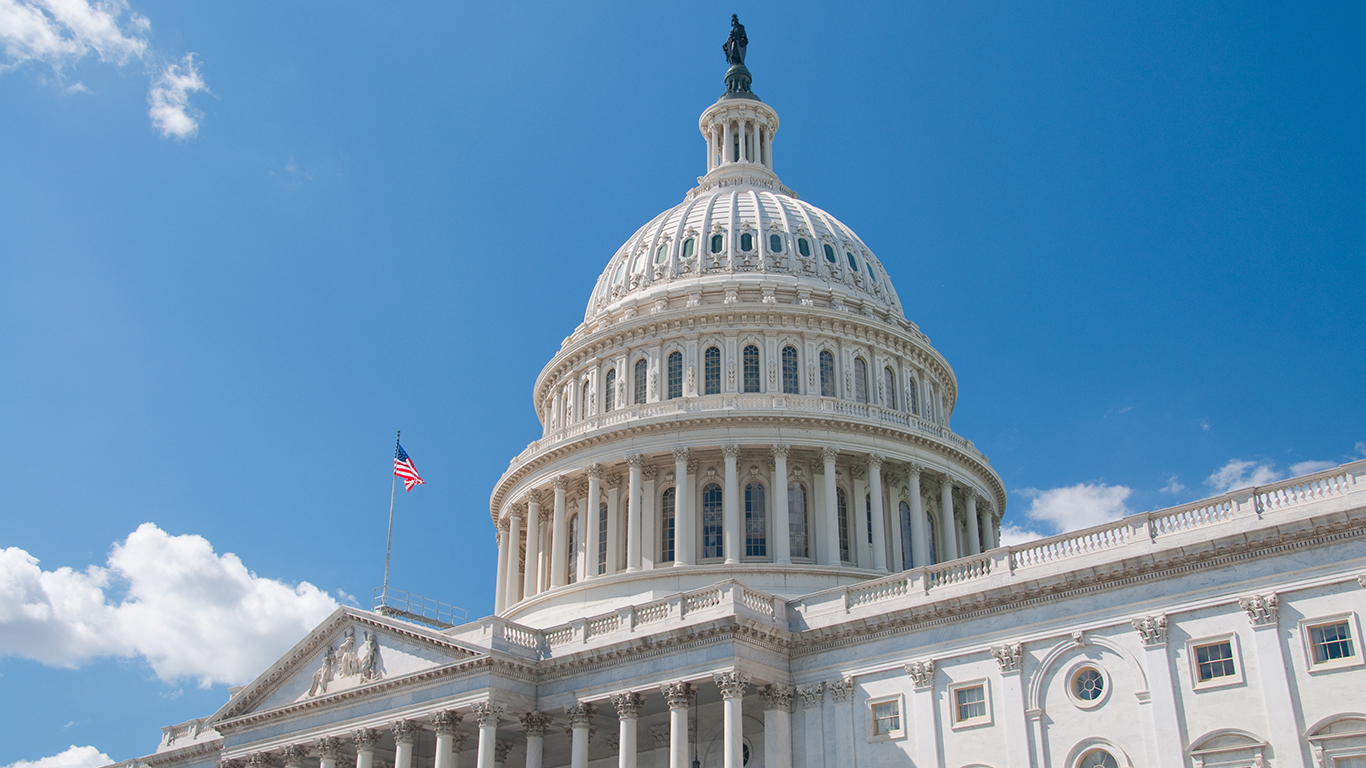On September 30, President Joe Biden signed into law a Continuing Resolution (CR) to fund the government through December 3, averting a government shutdown while congressional lawmakers work to reach an agreement on final Fiscal Year (FY) 2022 spending levels. The stopgap spending measure maintains level funding for most government spending programs while also providing $6.3 billion in aid to help resettle Afghan refugees as well as $29 billion in aid for disaster relief related to Hurricane Ida.
Notably, the CR did not include a measure to suspend the debt ceiling, despite previous proposals to attach a suspension to the stopgap funding bill. However, after some back-and-forth between Republicans and Democrats, Congress ultimately passed a standalone bill to temporarily raise the debt ceiling through December 3. The U.S. had previously been projected to hit its borrowing limit on October 18.
Still, this is only a short-term fix and lawmakers will need to address the issue again in late November. If action is not taken, the government could default on its debt for the first time in the nation’s history. Raising the debt limit does not incur new federal debt, but it is a statutory requirement to allow for previously approved borrowing. Counties support raising the debt limit and welcome a conversation about long-term debt and deficits.
However, the CR did provide Congress with additional time to finalize the FY 2022 appropriations bills. While the U.S. House of Representatives has passed nine of the twelve annual spending bills, the U.S. Senate has yet to pass any. This lack of progress is likely due to the fact that negotiations over both the Infrastructure Investment and Jobs Act (IIJA) and reconciliation have taken precedence and progress on these two packages appear to be largely stalled.
While Senate Majority Leader Chuck Schumer (D-NY) and House Speaker Nancy Pelosi (D-CA) had previously committed to moving IIJA in tandem with the $3.5 trillion reconciliation package, they have faced some resistance. Some Democrats in the Senate, including Sens. Krysten Sinema (D-AZ) and Joe Manchin (D-WV), have stated they will not vote for the reconciliation package unless its price tag is significantly lowered. Meanwhile, other members in the House are standing firm on their goal to move infrastructure and reconciliation together.
As the negotiations continue, the deadline to enact a surface transportation reauthorization passed. The 2015 Fixing America’s Surface Transportation (FAST) Act expired on September 30, and, as Congress had not passed the reauthorization included in the IIJA by that date, funding for surface transportation programs lapsed. However, on October 2, Congress did pass a 30-day stopgap funding bill to cover these programs until an agreement can be reached on infrastructure and reconciliation.
As talks over infrastructure, reconciliation, FY 2022 spending and the debt ceiling progress, NACo will continue to advocate for county priorities.
Contributed by: Eryn Hurley, Sarah Gimont, Seamus Dowdall | National Association of Counties
